Are you a proud owner of a snake plant? If so, you’re probably aware of its striking appearance and low-maintenance nature.
However, there’s more to this popular houseplant than meets the eye.

1. Native to Africa
The snake plant originally comes from the dry and rocky areas of tropical Africa, especially in West Africa, including Nigeria and Congo, all the way east to Tanzania and Kenya.

Over time, its easy-going nature helped it travel and settle in many spots around the globe from its African home.
2. They Have Many Names
The scientific name of the snake plant is Dracaena Trifasciata, but it’s also known by various nicknames, each telling a unique story about its features or the cultural folklore surrounding it.
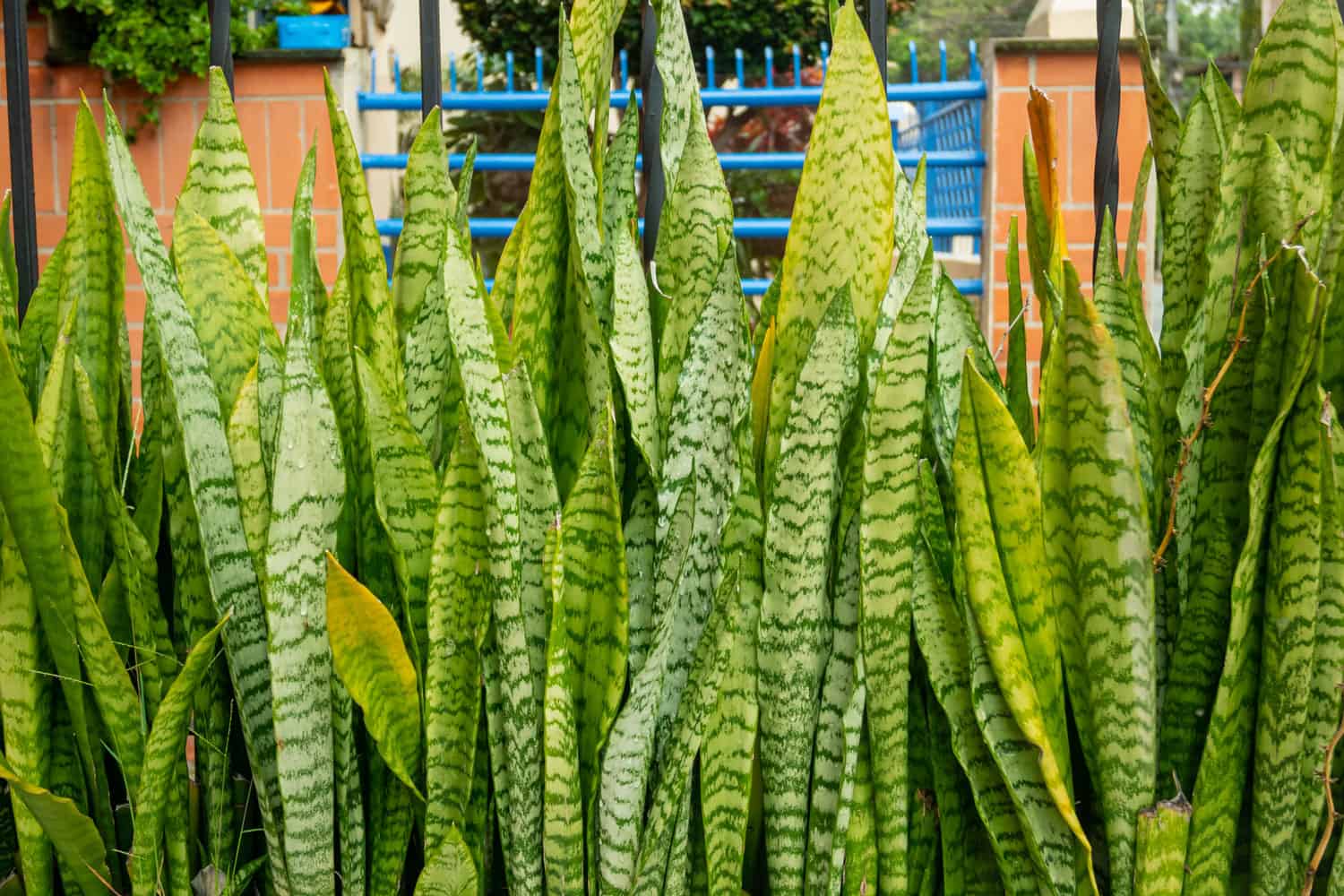
Some of the common names include:
- Mother-in-law’s Tongue: Thanks to its sharp, pointed leaves, some people find a cheeky resemblance to a sharp tongue.
- Saint George’s Sword: The long, sharp leaves remind folks of a sword, thus this knightly name.
- Viper’s Bowstring Hemp: The plant is also known as viper’s bowstring hemp due to the plant’s strong fibers that have been used to make bowstrings.
- Good Luck Plant: In some cultures, the snake plant is considered a bearer of good fortune, hence this optimistic name.
- Golden Birds Nest: This name is likely attributed to the plant’s appearance, where the structure of the leaves might resemble a bird’s nest when viewed from above.
3. Related to Agave and Aloe Plants
Despite the name, snake plants have nothing to do with snakes. They actually share a family tie with agave plants.

If you’ve noticed how they look a bit similar to aloe plants, that’s because all three, snake plants, agave, and aloe, are part of a bigger plant group known as the order Asparagales.
4. Not a Cactus!
It’s a common mix-up, but snake plants are not cacti, even though they might look like close cousins at a glance due to their succulent nature.
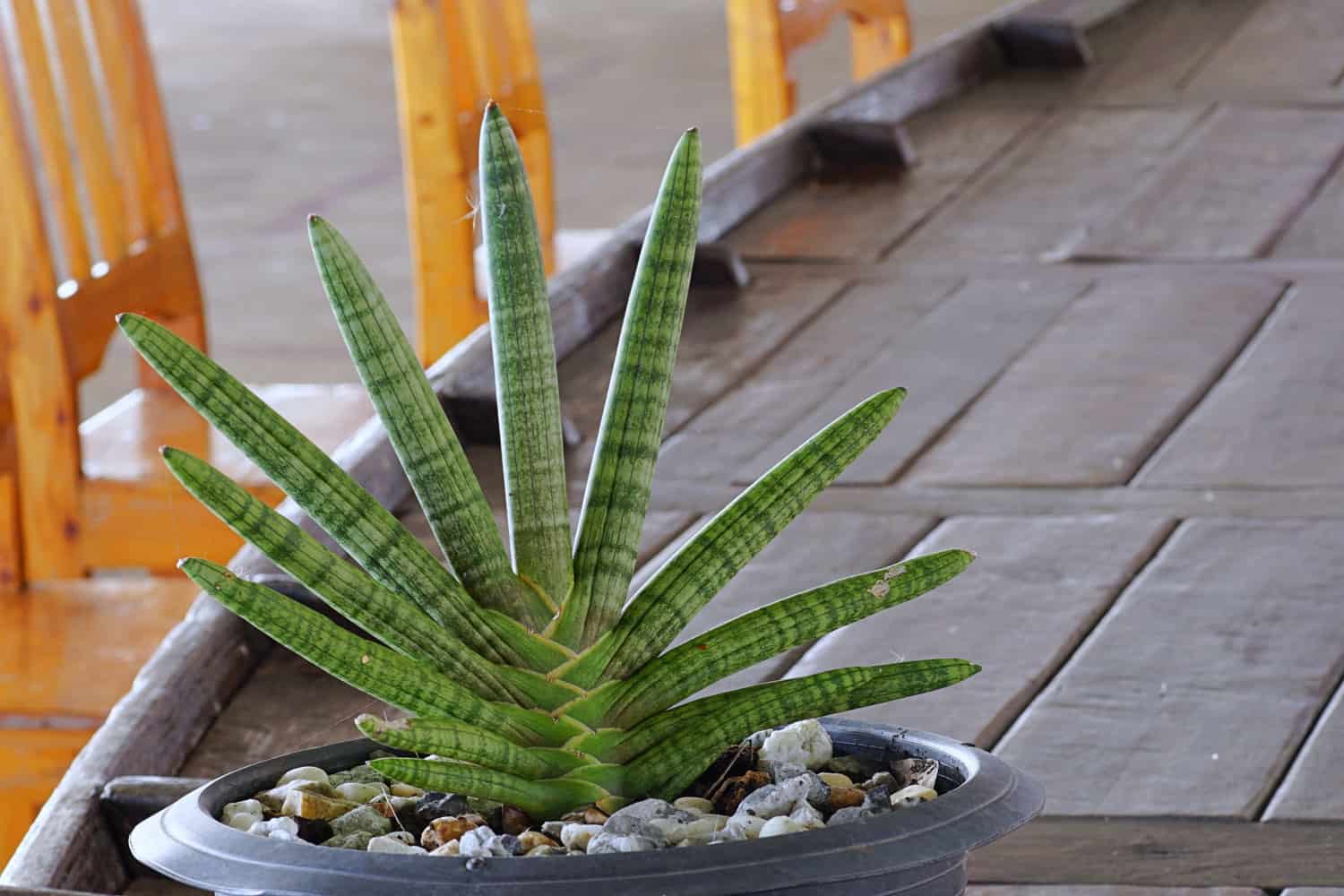
Snake plants have proper, upright leaves growing from a central point, unlike cacti, which have small cushion-like structures called areoles instead of leaves.
While both love soaking up the sun and can manage without water for a while, their growth patterns set them apart.
Snake plants shoot up straight, while cacti enjoy branching out or growing in segments.
Curious to know more about their succulent nature? Check out this article: Are Snake Plants Succulents?
5. They Can Bloom Fragrant Flowers
Surprisingly, snake plants have a rare but charming trait—they can bloom flowers.
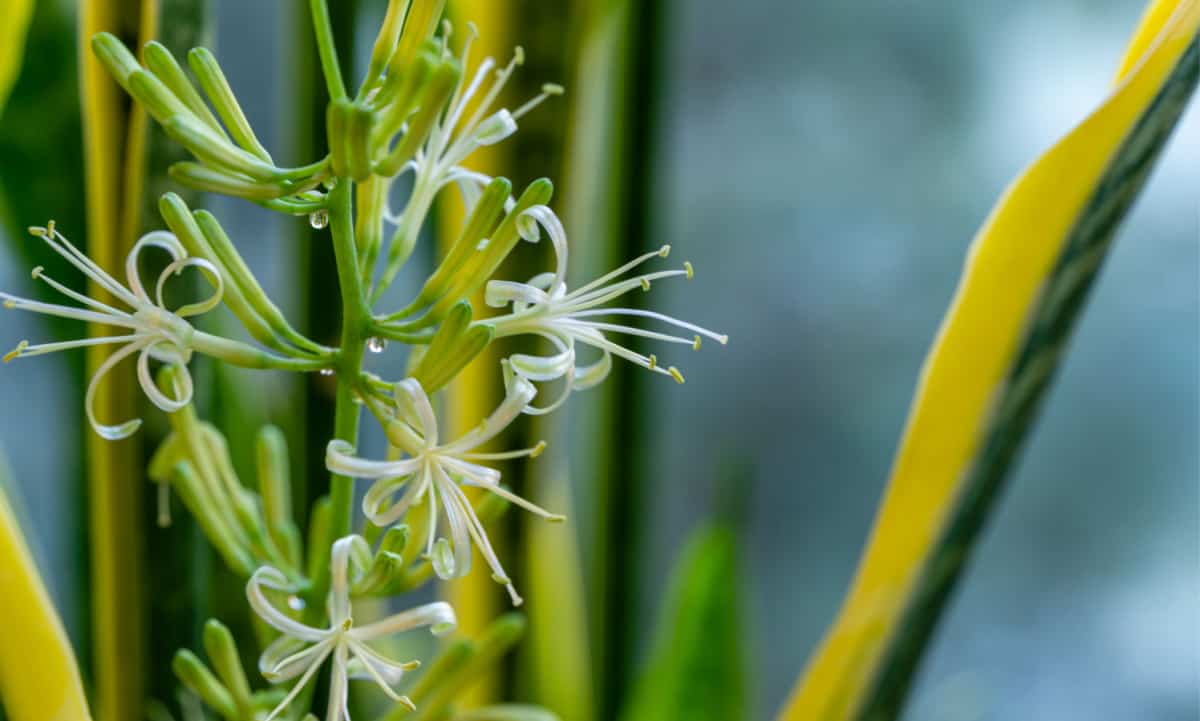
When they feel a bit snug in their pots, especially as they age, they might surprise you with small sprays of greenish-white, fragrant flowers.
These blooms are a rare sight, especially indoors, but they are a pleasant surprise when they do pop up.
6. Cozies Up in Tight Spaces
Snake plants have a preference for being root-bound, which essentially means they enjoy the snug fit of their roots in the pot.
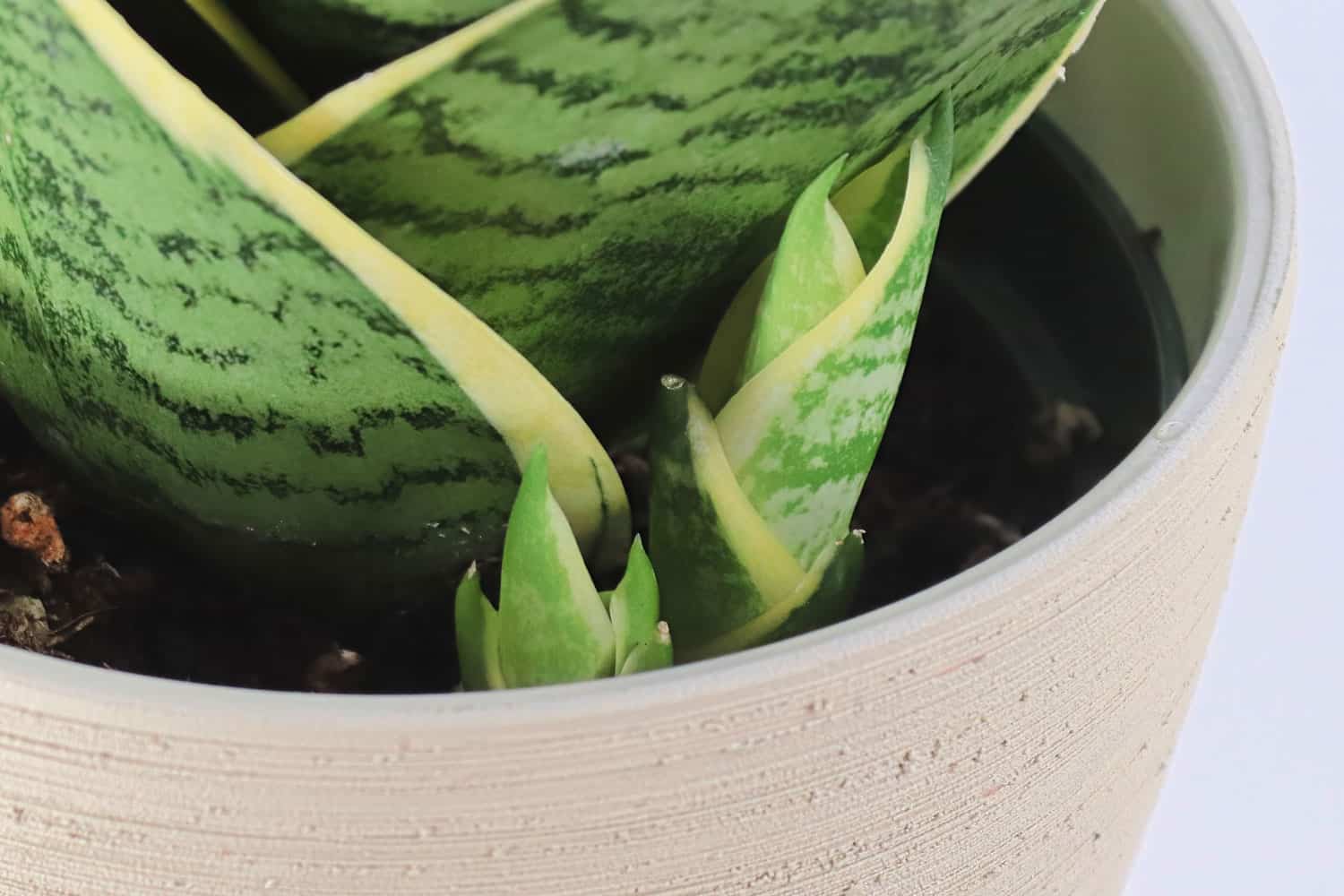
This preference aligns with their slow growth rate and their drought-tolerant nature, which allows them to thrive in conditions where other plants might struggle.
7. Doesn’t Need Much Water and Fertilizer
One of the best things about snake plants is that they are quite low-maintenance.
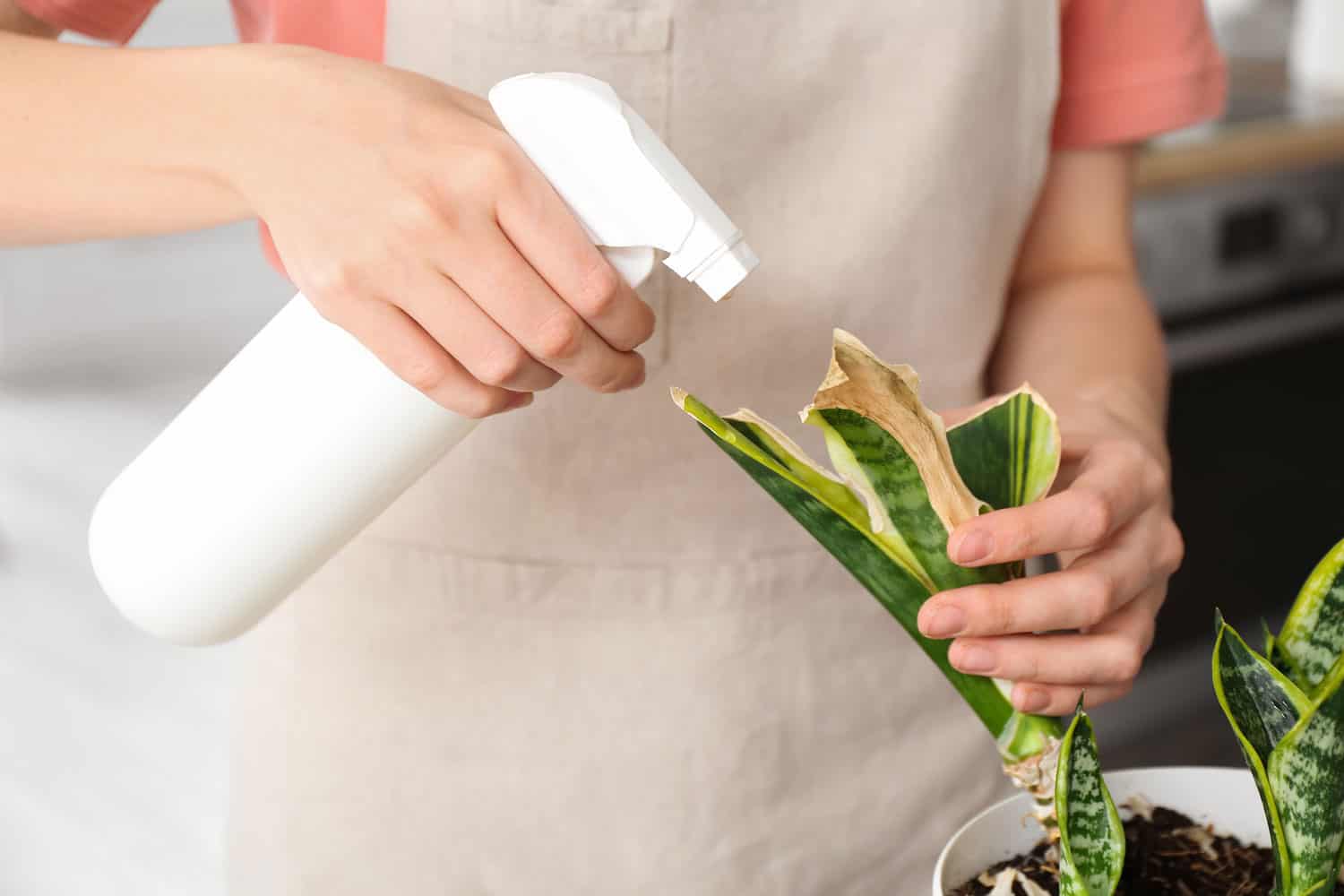
They don’t need a lot of water, making them a great choice for busy folks or those who are still getting the hang of gardening.
When it comes to watering, you just need to feel the soil about 2 inches down, and if it’s dry, it’s time to water.
Fertilizing is easy, too—a bit of balanced fertilizer every other month during the warmer seasons will suffice.
8. A Natural Air Purifier
One of the standout qualities of snake plants is their knack for purifying the air around them.
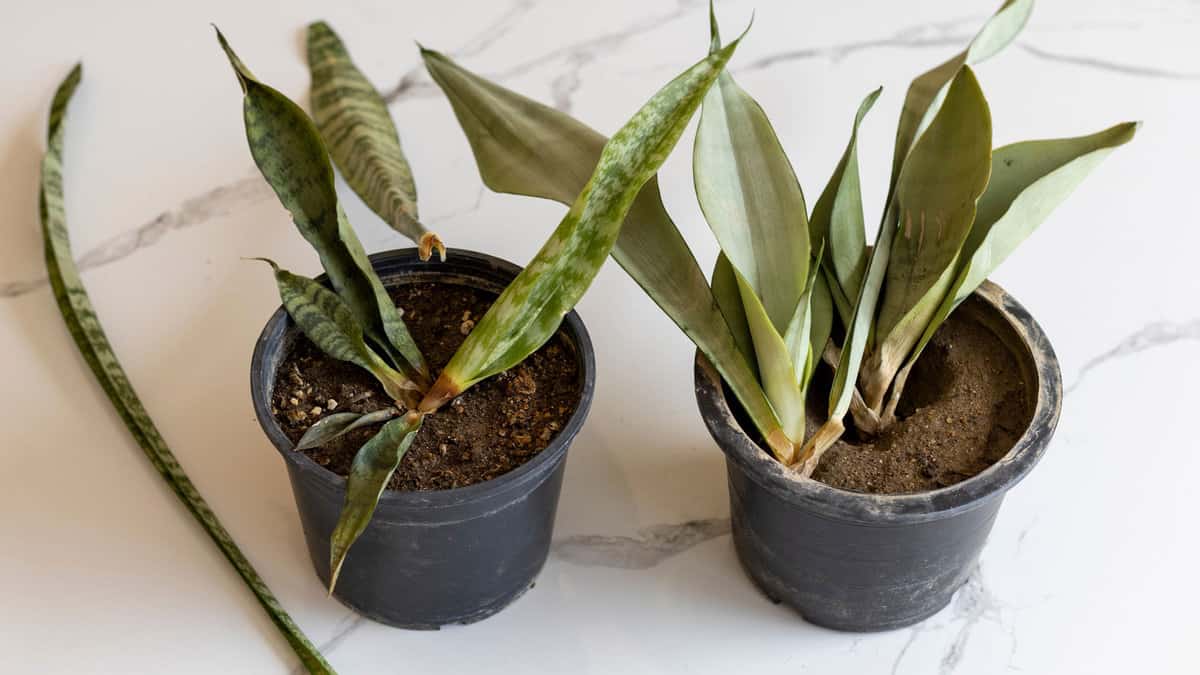
They have this fascinating ability to take in toxins like formaldehyde and benzene, which are commonly found indoors, and get rid of them, making the air cleaner and fresher for you.
This wonderful trait was discovered by NASA while looking for ways to clean up the air in space stations.
It turns out that having a snake plant or two around can help in reducing the levels of these indoor pollutants.
So, besides adding some vibrant greenery to your space, snake plants work silently to make your breathing space healthier.
Discover more unexpected perks in this read: Unexpected Benefits Of Having A Snake Plant In Your Home
9. Makes a Good Gift
Gifting a snake plant is a thoughtful gesture steeped in symbolic goodwill.

They have long been cherished in Chinese culture for symbolizing prosperity and longevity, making them a meaningful token, especially during housewarmings.
The beauty of this gesture extends beyond the physical appeal of the plant to the essence of wishing good health and fortune to the recipient.
So, if you’re looking to gift something that carries warm wishes and positive energy, a snake plant might just be the perfect choice!
10. Resists Bug Problems
Snake plants tend to resist common pests, making them less likely to suffer from any serious infestations.
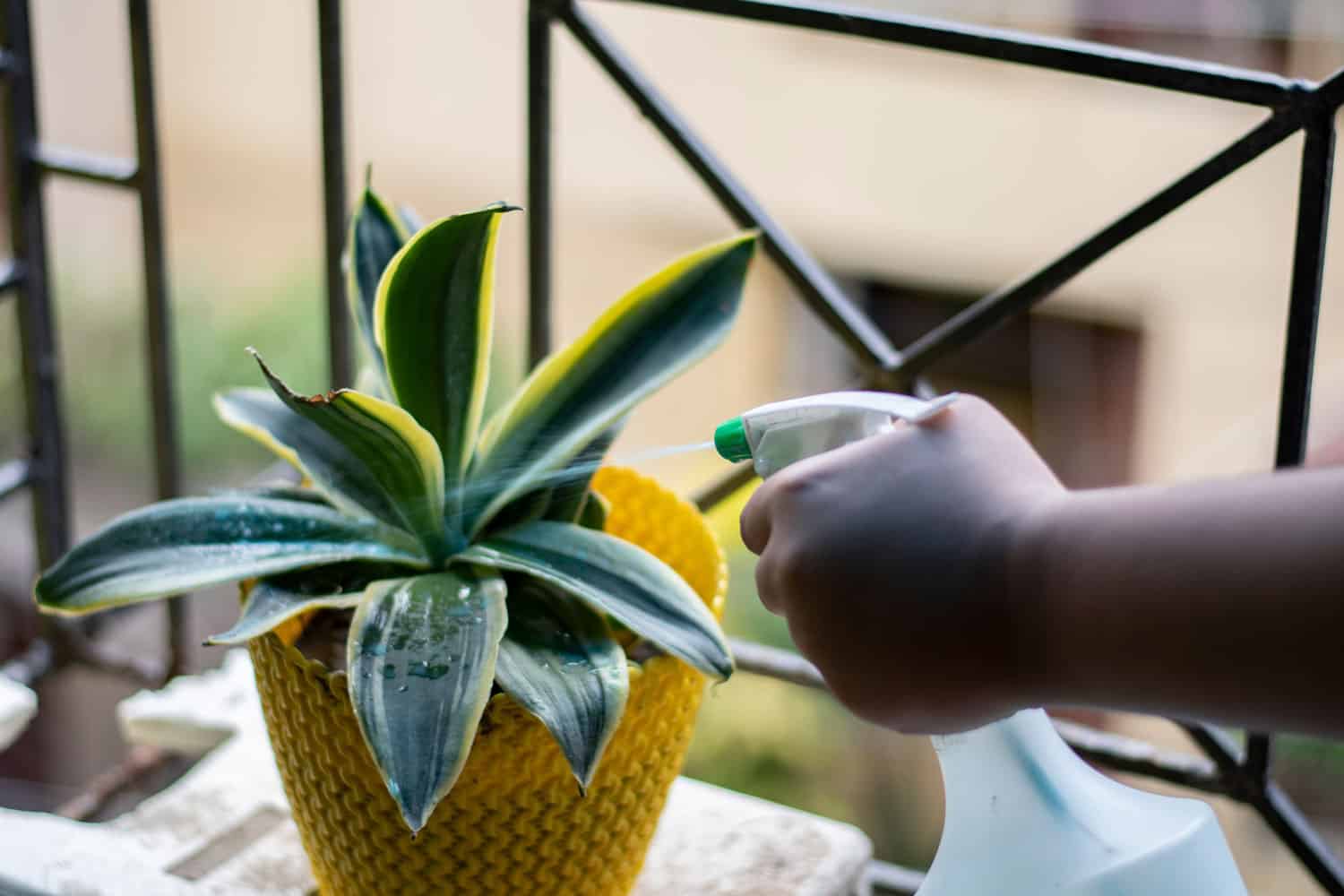
Experts point out that only a few pests, such as mealybugs and spider mites, may occasionally trouble them, but it’s not a common occurrence.
11. Not Safe for Pets
Snake plants contain substances called saponins, which, while serving as a natural defense mechanism for the plant, can be troublesome for pets if ingested.
Both dogs and cats might experience some gastrointestinal irritation, like vomiting or diarrhea if they decide to take a nibble.
Thankfully, the symptoms are often mild, but it’s always a good idea to keep your snake plant out of paw’s reach.
If you suspect your pet has had a little munch, a quick call to the vet can provide you with peace of mind and the right advice to ensure your pet bounces back quickly.
If you have pets, make sure to read Snake Plants And Pets: What You Need To Know to ensure a safe environment.
12. Helps Keep Mosquitoes Away
Another surprising benefit of snake plants is their ability to deter mosquitoes. This attribute is also due to the saponin in their leaves.
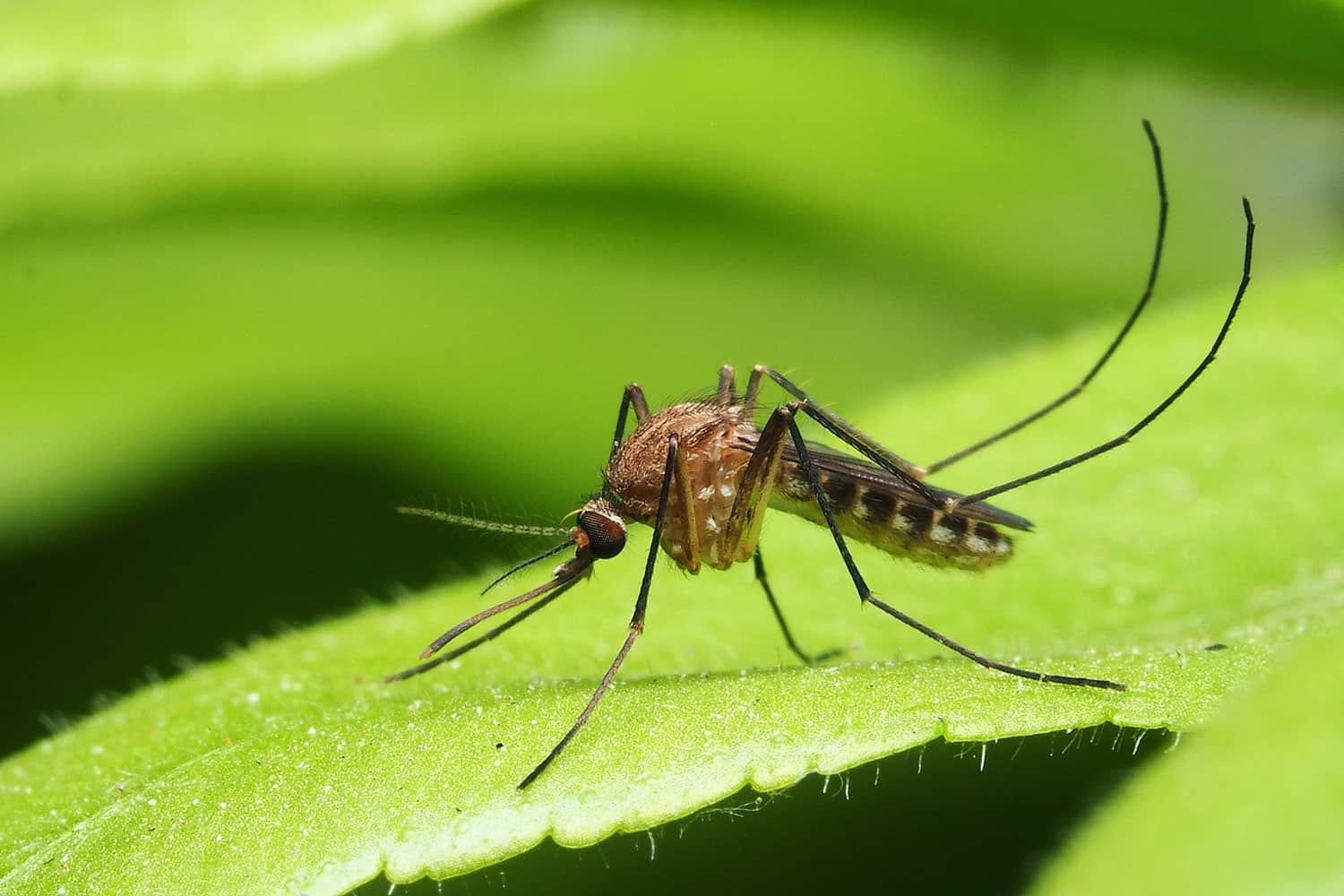
It’s toxic to mosquitoes, providing a level of protection against these insects.
So, keeping a snake plant near your outdoor seating area can be a good idea, especially during warm summer nights.
Summing Up the Surprises
Who would have thought that snake plants harbor so many surprises?
They’re not only visually appealing but also bring many benefits like air purification and pest resistance to your space.
Keep them happy with the right care, and they’ll continue to charm your home.
With their minimal demands yet maximum offerings, it’s clear why snake plants are a top choice for indoor plant lovers!

Best plant ever l like and l have already planted now